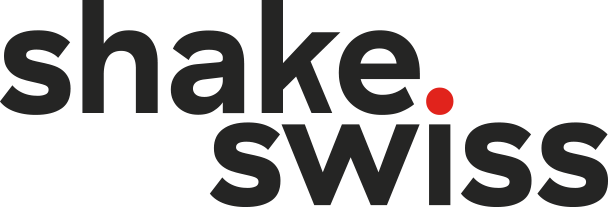Most transformation projects increase psychosocial risks, especially stress and the risk of burnout. Key people in the project are often at risk, which has negative consequences for the project in the case of long-term sickness. Identifying these risks early can help prevent sickness absence.
Regarding the risk of mobbing and sexual harassment, we believe that any incident hinders the proper implementation of the project, since, in addition to the criminal offense, it creates considerable psychological insecurity, which prevents the victims from contributing to change and creates the risk of losing talent.


Measures staff engagement

Enables objective situation analysis based on factual data

Provides KPIs that are easy to track throughout the project

Enables early risk identification
Together with occupational physicians and statisticians, we have developed a questionnaire that measures the risk of burnout, stress, mobbing and sexual harassment.
For each risk, a message alerts the victims and directs them to an appropriate support solution (support person, psychologist, etc.).
A cockpit allows managers to see where the risks are in the organization and to take action.
Interested?
Request a 30-minute demo.

REDUCE THE RISKS
REDUCE LONG-TERM ABSENCES
STRENGTHEN COMPLIANCE
Philippe Gueninchault
Directeur général Fondation Âge d’OR (EMS Stella/EMS Les Lauriers)
Thanks to Yumodata, I'm able to objectively and regularly monitor the satisfaction and commitment of my employees. It's a valuable tool for tracking changes and ensuring that we provide the best possible working conditions for our employees. Thanks to Yumodata, we can also effectively prevent psychosocial risks by regularly monitoring the risks of stress, burnout and harassment. I highly recommend this tool.
Frequently Asked Questions
A survey is sent every 6 months to staff with questions that allow risks to be measured.
No, it is a risk assessment, but the purpose is to make the respondent aware that there is probably a risk to their health and to encourage them to consult a medical professional.
When employees respond to the survey, they are immediately informed of their risk level and encouraged to consult a health professional. The company sees aggregated data only that may indicate that structural actions are necessary to create a healthier workplace environment.
Instead of using the CBI (Copenhagen Burnout Inventory) or MBI (Maslach Burnout Inventory) tests, which are epidemiological approaches, we chose a pragmatic approach whose purpose is not diagnosis but prevention. We asked Dr. Laurence Wasem, an occupational physician, to explain to us the questions she asks patients in order to detect the risk of burnout. We then worked with statisticians to calibrate the test.



